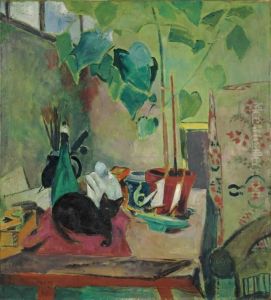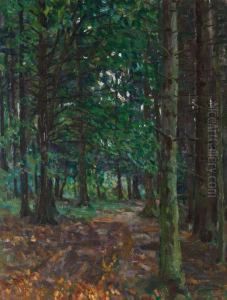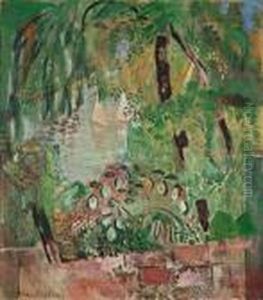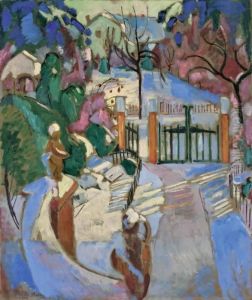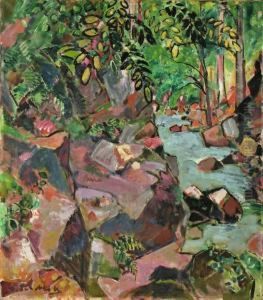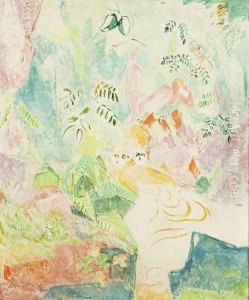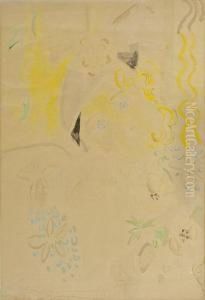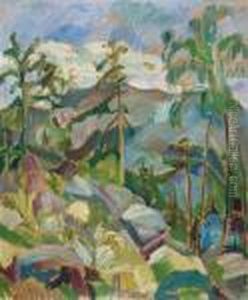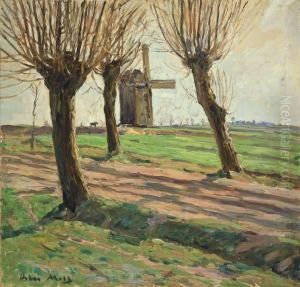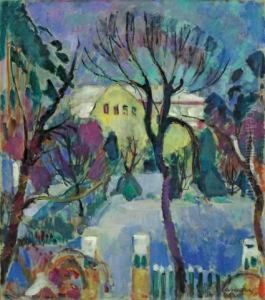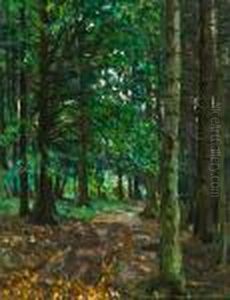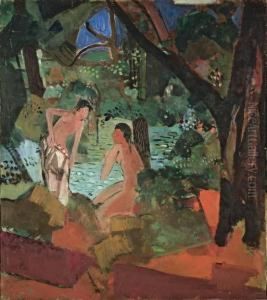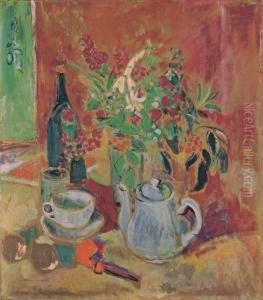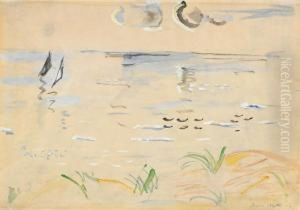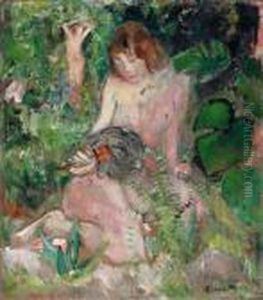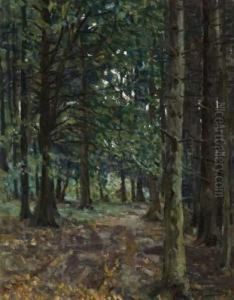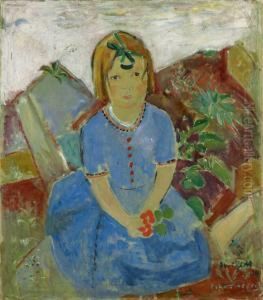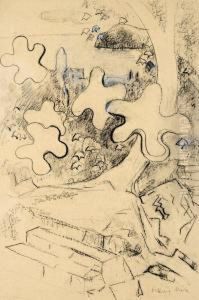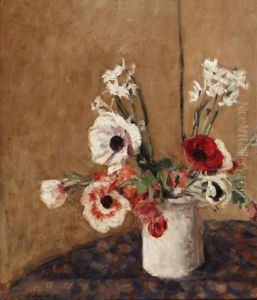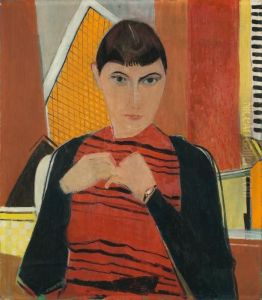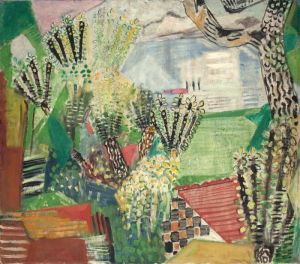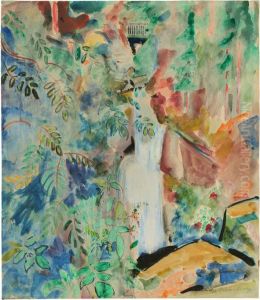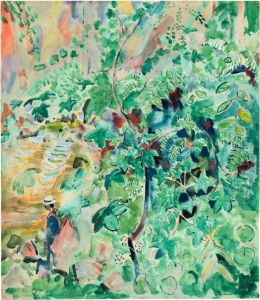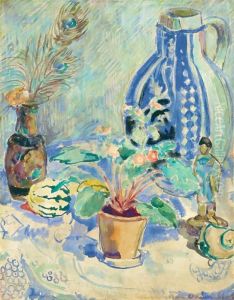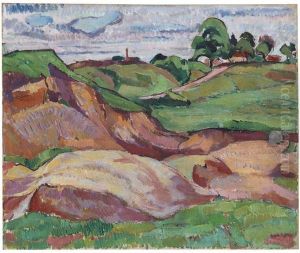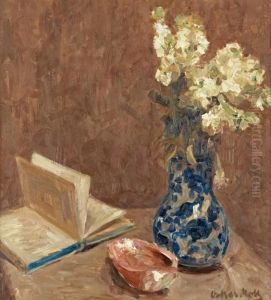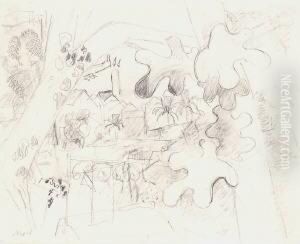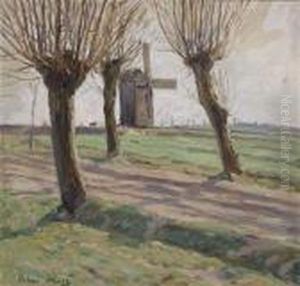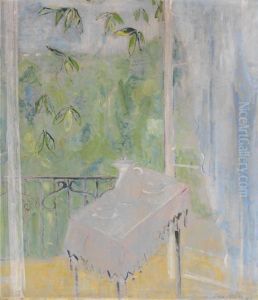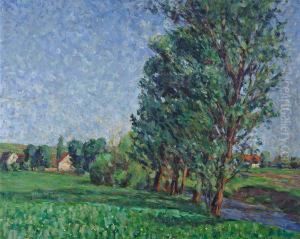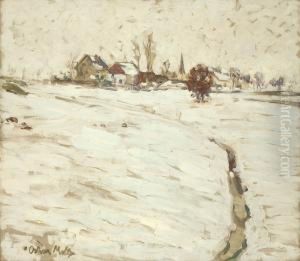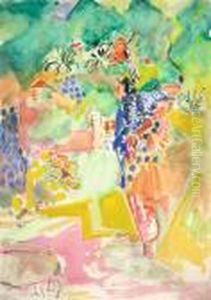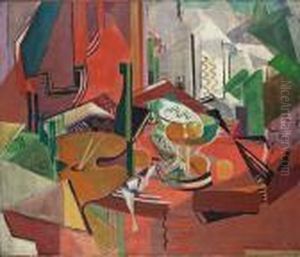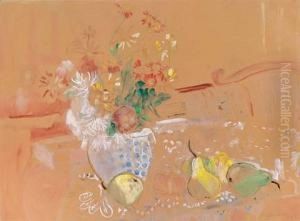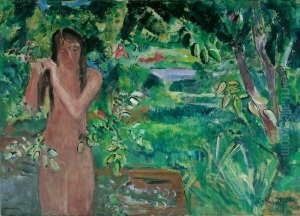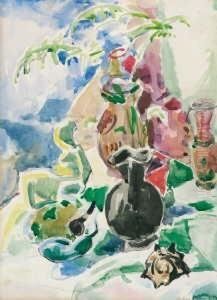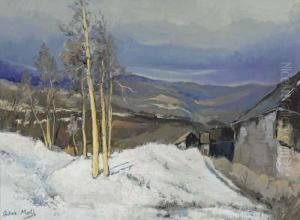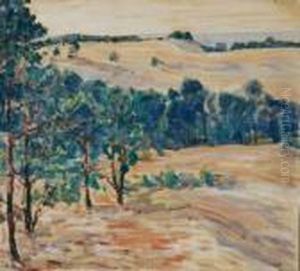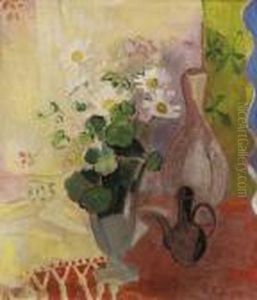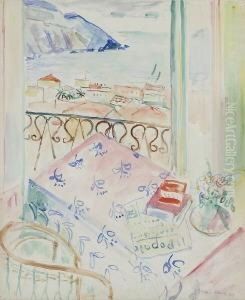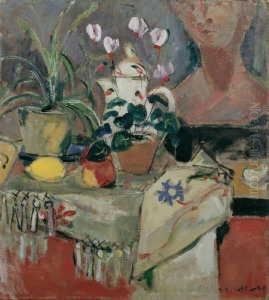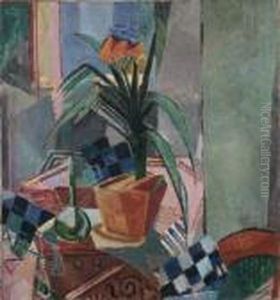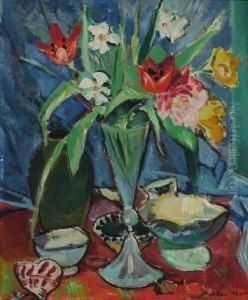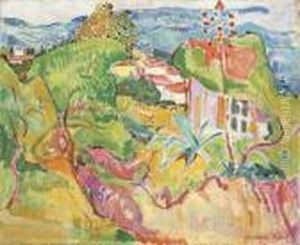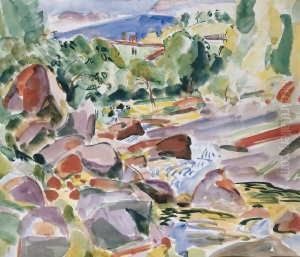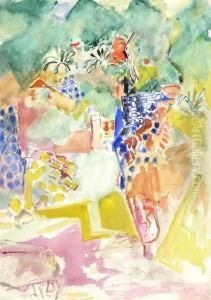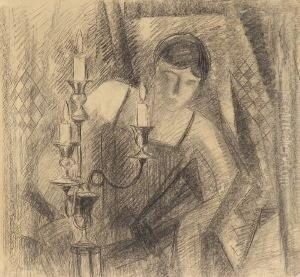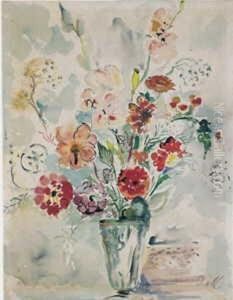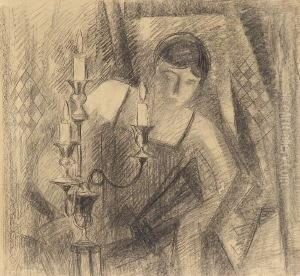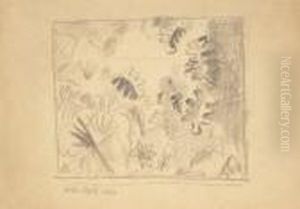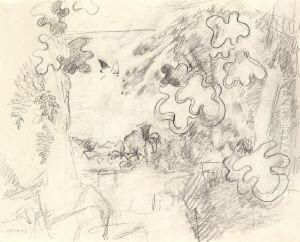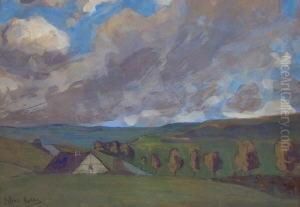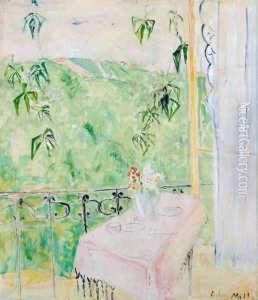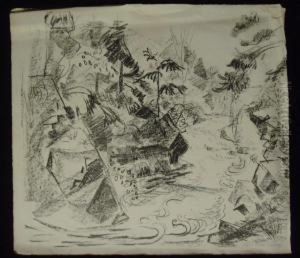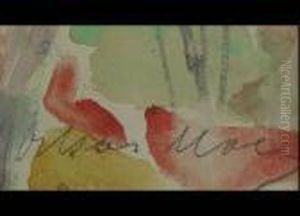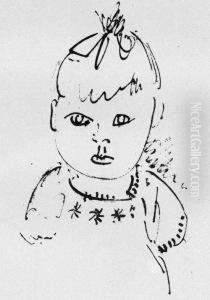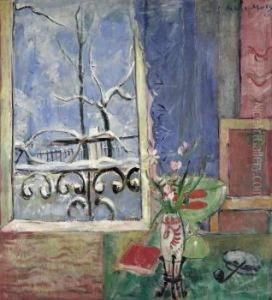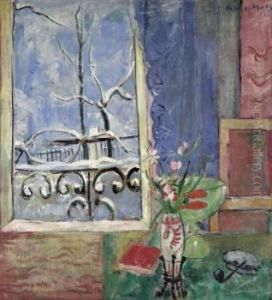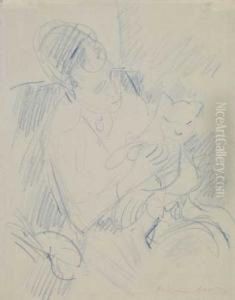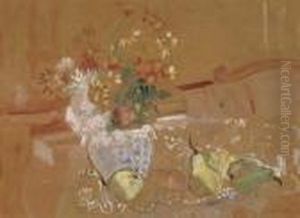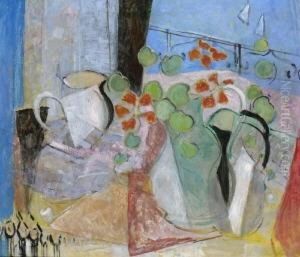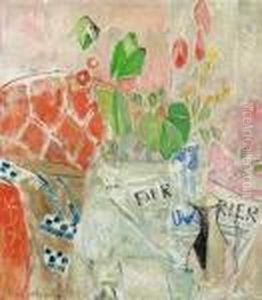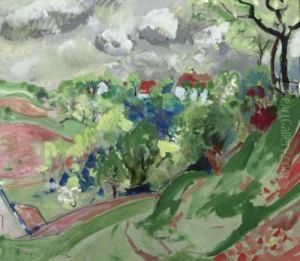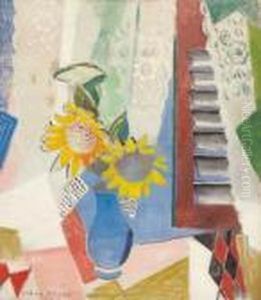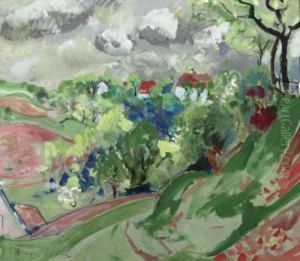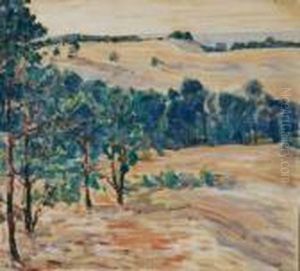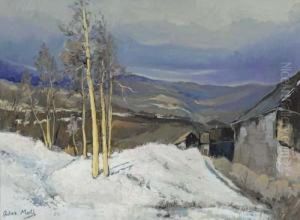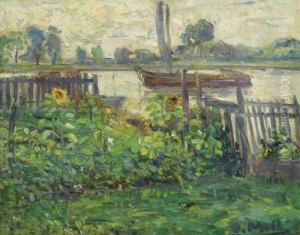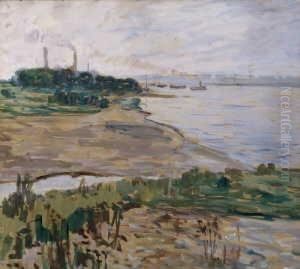Oskar Moll Paintings
Oskar Moll was a German painter who is considered one of the important representatives of early modernism in Germany. Born in Brieg, now Brzeg in Poland, on July 21, 1875, Moll grew up in a time when the art world was experiencing significant changes with the advent of modernist movements.
Moll began his artistic education in the city of Breslau, which was a cultural hub in the region. He moved to Paris in the early 1900s, where he was influenced by the works of French modernist painters. In Paris, Moll became acquainted with Henri Matisse and was significantly influenced by Fauvism, a style characterized by strong colors and bold forms. Moll was particularly attracted to Matisse's use of color and his revolutionary approach to painting.
After his time in Paris, Moll returned to Germany and became a co-founder of the artist group 'Freie Sezession' in Berlin, which aimed to promote avant-garde art and oppose the traditional academic art establishment. He also taught at the Breslau Academy of Art and later at the Berlin Academy of Art, where he influenced a number of younger artists.
Throughout his career, Moll's work was marked by a balance between abstraction and representation, often focusing on landscapes, still lifes, and portraits. His style evolved over time, incorporating elements of Cubism and later returning to a more naturalistic approach.
Oskar Moll continued to work and exhibit his art throughout his life. He was married to fellow artist Marg Moll, who was a sculptor. The couple shared a deep commitment to modern art and often collaborated. Moll's works were collected by major museums and private collectors in Germany and abroad.
Unfortunately, with the rise of the Nazi regime, Moll's work, like that of many other modernist artists, was deemed 'degenerate,' and he faced increasing difficulties. Despite the political climate, he continued to paint until his death on August 19, 1947, in Berlin. Moll's legacy is that of an artist who bridged the gap between the French avant-garde and German artistic traditions, contributing to the modernist movement with his unique interpretation of color and form.
